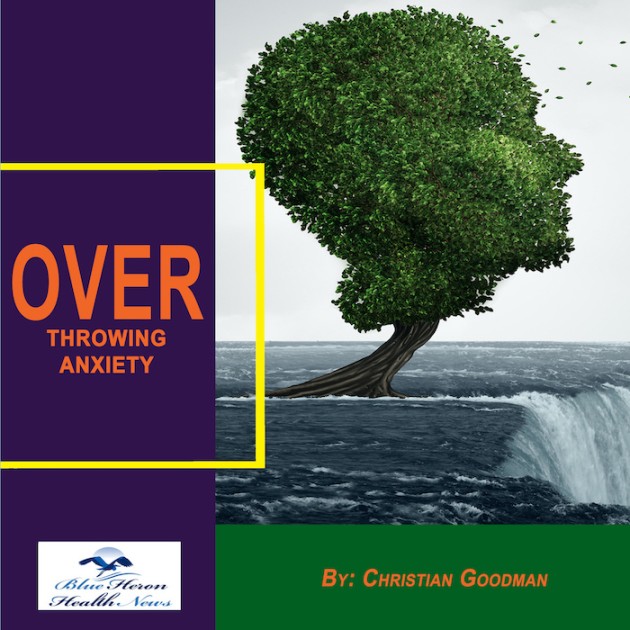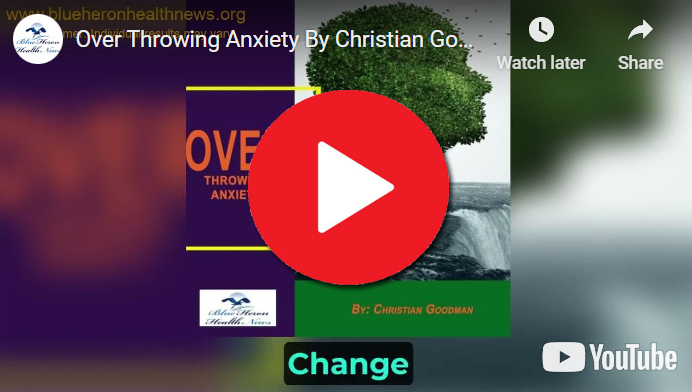
Overthrowing Anxiety™ This eBook includes a complete program to treat anxiety effectively. It guides you to learn the ways to find, understand, and accept the main cause of your anxiety and start using the techniques provided in it to treat the problem.
How can compression stockings help with low blood pressure?
Compression stockings may manage certain types of low blood pressure (hypotension), like orthostatic hypotension (abrupt decrease in blood pressure upon standing), by increasing blood circulation and helping the circulatory system. How compression stockings work and when they can be helpful is discussed below:
???? How Compression Stockings Work
Compression stockings apply graduated pressure, with the greatest pressure at the ankles, decreasing progressively up the leg. This assists the veins and helps with enhanced blood return to the heart.
???? How They Assist with Low Blood Pressure
Prevent Blood Pooling in the Legs
When standing, gravity pools blood in the lower extremities. In low blood pressure individuals, pooling may result in dizziness, lightheadedness, or fainting.
Compression stockings push the blood upwards, preventing too much pooling and helping to sustain normal blood pressure during changes in position.
Enhance Venous Return
They help the veins push blood back to the heart more efficiently, which can help sustain cardiac output and relieve hypotension symptoms.
Support Autonomic Dysfunction
Those with diseases like postural orthostatic tachycardia syndrome (POTS) or neurogenic orthostatic hypotension often benefit from compression gear to correct declines in blood pressure when standing.
???? Conditions of Low Blood Pressure They Support
Orthostatic hypotension
Neurally mediated hypotension
POTS (in some cases)
They’re not usually of use for persistent low blood pressure from diseases like dehydration, blood loss, or heart disease—those require fixing the cause directly.
???? How to Use Them
Wear graduated compression stockings (usually rated 15–30 mmHg) that extend up to the knee or thigh.
Put them on when rising from bed in the morning, as this is when blood pooling is most probable.
Get a doctor to decide on the right pressure level and fit.
???? Caution:
Individuals with peripheral artery disease, skin infections, or specific heart conditions should not wear compression stockings without consulting a doctor.
Poor fit can be awkward or impair circulation.
Would you like guidance on choosing the right compression level or brands to use?
Aging and low blood pressure (hypotension) are also intimately connected due to various physiological, medical, and lifestyle variables that change as we age. While high blood pressure is more common among older individuals, low blood pressure can also be extremely risky, especially in the elderly.
Key Connections of Low Blood Pressure and Aging:
1. Age-Related Modulation of the Cardiovascular System
Reduced baroreceptor sensitivity: Baroreceptors are involved in regulating blood pressure. With aging, these sensors have reduced sensitivity and it is increasingly difficult for the body to cope quickly with posture changes (e.g., when standing), causing orthostatic hypotension.
Stiffening of the blood vessels: Arteries become more rigid with advancing age and might render blood pressure regulation tricky and lead to sudden falls, especially in transitioning from lying down to sitting.
Delayed heart rate response: The heart becomes less sensitive to the signal to beat more frequently, limiting the ability of the body to respond to falling blood pressure.
2. Orthostatic Hypotension (Postural Hypotension)
A common disorder in the elderly where, upon standing, blood pressure drops significantly, leading to:
Dizziness or fainting
Sinking (syncope)
Inadvertent falls and injuries
Usually due to alterations in the regulation of blood flow with aging, drugs, or dehydration.
3. Use of Medications
Elderly individuals are often on multiple medications, some of which lower blood pressure as a side effect:
Antihypertensives
Diuretics (can lead to dehydration)
Beta-blockers
Antidepressants
Drugs for Parkinson’s
The interaction of drug side effects and age can increase the risk of chronic or acute low blood pressure.
4. Dehydration
The sensation of thirst is less sensitive with age, and therefore older individuals are more prone to dehydration, which decreases blood volume and can cause or worsen hypotension.
Certain conditions (e.g., kidney disease or diarrhea) and medications (e.g., diuretics) also enhance this risk.
5. Chronic Health Conditions
Older people are more likely to have medical conditions that cause low blood pressure:
Parkinson’s disease
Diabetes (especially with autonomic neuropathy)
Heart failure
Adrenal insufficiency
These illnesses can affect autonomic nervous system function, hormonal regulation, or blood flow, all of which impact blood pressure.
6. Malnutrition or Poor Diet
Older people can develop deficiencies in salt or fluids, which are essential for maintaining blood pressure.
Low caloric or protein diets also interfere with circulation and induce hypotension.
7. Complications of Low Blood Pressure in the Elderly
Falls and fractures: Dizziness or fainting caused by low blood pressure increases the risk of falling, which can be especially dangerous for those with osteoporosis or frailty.
Cognitive impairment: Chronic low blood pressure reduces cerebral blood flow, which can lead to memory loss or even dementia in the long run.
Weakness and lack of energy: Low blood pressure over time creates a condition of overall weakness, so that older individuals are less capable of staying physically active.
8. Managing Low Blood Pressure in the Elderly
Check blood pressure regularly, especially when starting new medications.
Stay well-hydrated with adequate water and good electrolyte status.
Gradually rise from beds or chairs to prevent pressure drops.
Compression stockings to improve blood circulation in some cases.
Consult with a healthcare professional to modify medicines and determine underlying causes.
Summary:
Aging may increase the risk of hypotension by changes in the cardiovascular system, medication side effects, chronic disease, and hydration or nutrition loss. While generally eclipsed by concerns regarding high blood pressure, older hypotension may lead to serious complications like falls, confusion, and fatigue. Care with monitoring can safely treat the condition.
Would you like tips on avoiding or dealing with orthostatic hypotension in older persons at home?
Overthrowing Anxiety™ This eBook includes a complete program to treat anxiety effectively. It guides you to learn the ways to find, understand, and accept the main cause of your anxiety and start using the techniques provided in it to treat the problem.
